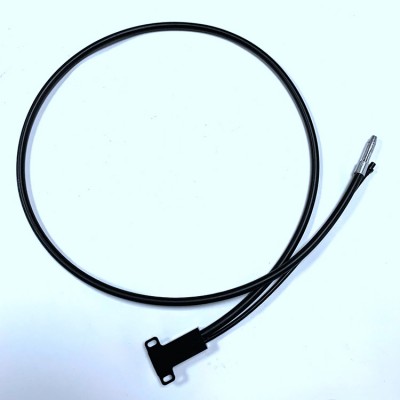



At the boundary between technology and energy, there is a kind of "light" that is quietly rewriting the rules of energy conduction - it is KINZ special energy optical fiber. Unlike traditional optical fibers that only carry information, it is like a precise energy commander, allowing energy in special frequency bands to travel through the micron-level fiber core in a nearly lossless manner. When the efficiency and safety of energy transmission become the key to technological breakthroughs, KINZ is using this "special light" to open up new possibilities in new energy, precision manufacturing, aerospace and other fields.
Atomic absorption spectrometer (AAS) is an analytical tool used to determine element concentrations, especially for measuring trace and ultra-trace amounts of metal elements. Its working principle is to heat the sample molecules to the atomic state through a high-temperature flame or graphite furnace, and then the light source emits characteristic spectral lines of specific elements, which are absorbed by the corresponding element atoms in the sample when passing through the flame or graphite furnace. The absorbance (absorption amount) is proportional to the atomic concentration, so it can be used to determine the element content in the sample.
Optical fiber is usually used in the optical path system in atomic absorption spectrometers to transmit optical signals. In AAS, common light sources include hollow cathode lamps and electron multipliers, which emit resonance lines of specific elements. Optical fiber is then used to transmit these specific wavelengths of light from the light source to the sample, and then transmit the remaining light after part of the light is absorbed by the sample to the detector.
Note: Most optical fibers are customized products. Please communicate with us according to actual needs to ensure that you buy the optical fiber style you actually need!